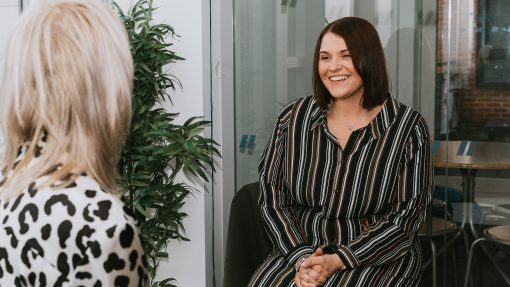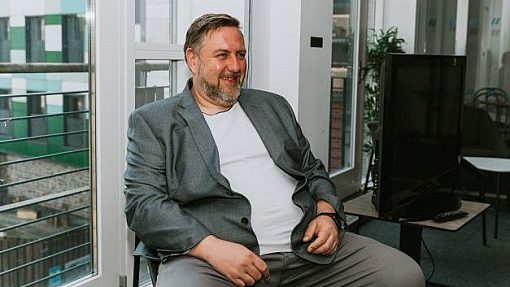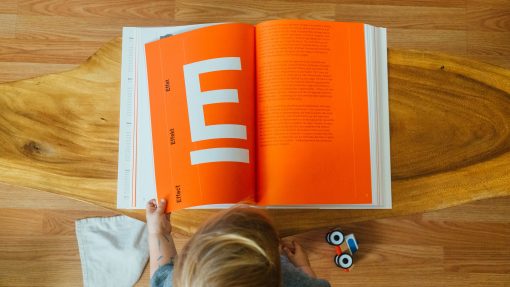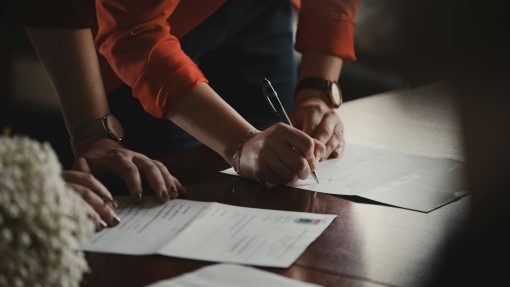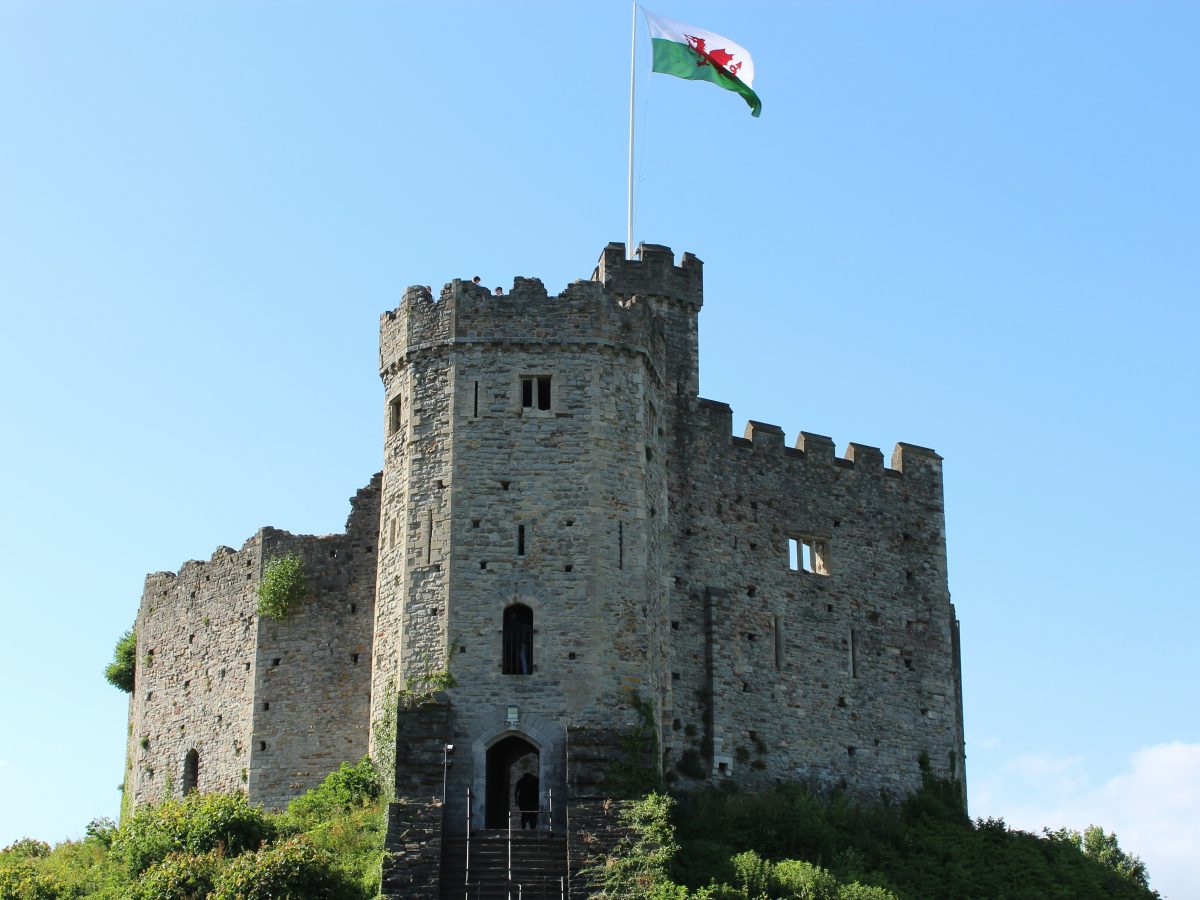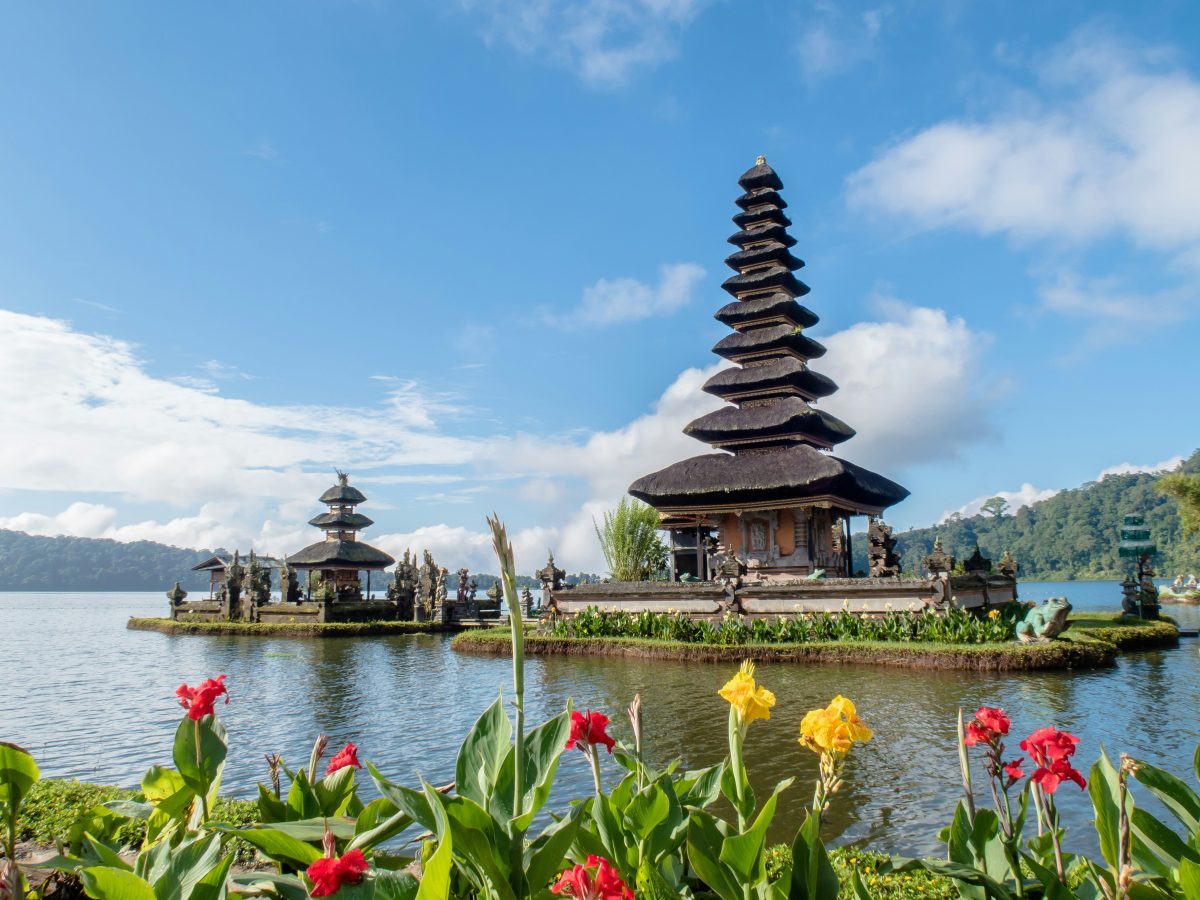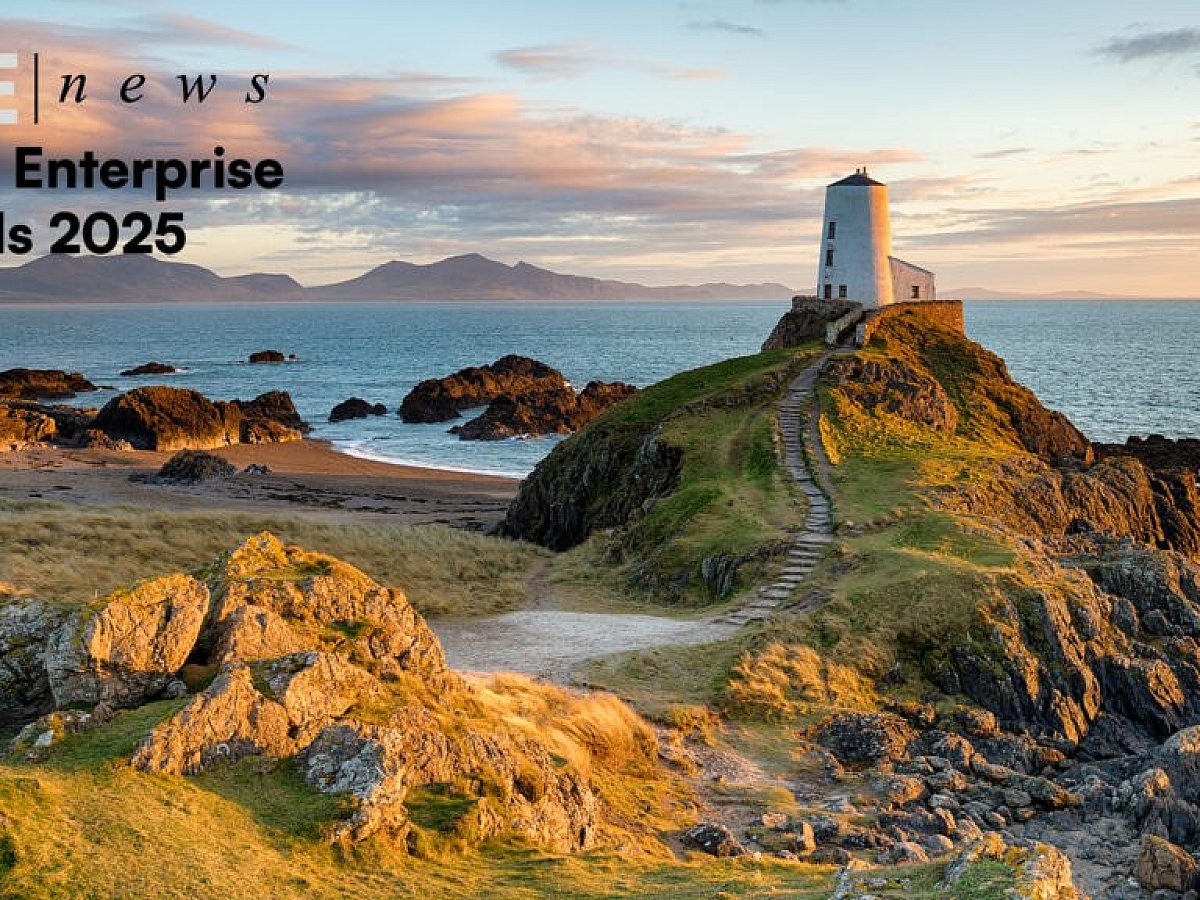𝘈𝘱𝘱𝘳𝘰𝘹 𝘳𝘦𝘢𝘥 𝘵𝘪𝘮𝘦: 5 𝘮𝘪𝘯𝘴🕒
Wasting money entering a market you don’t belong in. Misunderstanding your audience. Trying to sell products or services at the wrong price point.
Those are some of the realities your business could face if you don’t effectively carry out global market research.
And let’s be honest – no one wants that.
Done right, market research can offer a solid return on investment (ROI). For example, in the pharmaceutical industry, industry benchmarks for the ROI of pricing research can vary between 10:1 and 20:1.
So, we thought we would share three examples of when global market research has paid off and how. They include campaigns from Patagonia, IKEA and Lifebuoy.
Patagonia: Worn Wear
One of the most renowned eco-friendly brands in the world, Patagonia brings in around $100 million in revenue each year.
The international brand has typically opted for alternative methods of market research, such as social listening via its blog The Cleanest Line (which used to allow comments) rather than surveys and the like.
One example of where alternative global market research benefitted them was during the Worn Wear Mobile Tour in 2015. Repair staff travelled across the United States to offer free repairs on some clothing. It also showed customers how to fix their own clothing.
It’s enabled staff to see first-hand how US customers treat their products and care for them. The tour also showed them the interest and demand for repaired clothing.
On a more general repairs note, the repair staff would speak with Patagonia’s product designers to benefit its products. So, what the customers are sharing – or showing in what needs repairing regularly – could help shape future products or tailor current ones.
This all will have helped contribute to Patagonia launching its resale e-commerce platform, Worn Wear, in 2017. A first Worn Wear pop-up store later opened in 2019. This enabled customers to sell their worn products back to the company in exchange for store credit, as long as they were in good enough condition.
Thanks to the Worn Wear program, between 2017 and 2020, more than 120,000 repurposed items of clothing had been sold, limiting waste. This aligns with Patagonia’s values to reduce overall consumption, and it promotes a circular shopping experience.
IKEA: Sustainability
The Swedish furniture giant recognised that sustainability is a pressing issue on customers’ minds some years back from global market research.
Back in 2019, a survey revealed that the biggest barrier to living a healthy and sustainable life is that it’s believed to be too pricey.
So, IKEA has actioned that.
“Our ambition is to make sustainable living affordable, attractive and accessible for the many people with thin wallets. We want to use the insights from this and other studies to enable the better everyday living that people are looking for.”
In 2024, IKEA has substantially lowered prices across 63 markets, making IKEA more affordable for many people across the globe. Prices were ‘localised’ to suit each market.
IKEA has also published the Life at Home report for the past decade, gathering market research insights from extensive surveys, a popular form of primary research.
The 2023 iteration features insights from more than 250,000 people spanning 40+ countries over the 10 years the report has been going.
IKEA noted that 72% of people who believe they live sustainably today also feel positive about their life at home right now.
The global brand has recognised the intent and benefits of sustainable living and wants to facilitate that too. They have a ‘Buy Back’ initiative where customers can bring back IKEA products and they will buy them back. Then, the customer receives in-store credit to support further purchases. IKEA also has 935,000 solar panels installed at its stores.
And IKEA has set goals towards being more sustainable. By 2030, it aims for all IKEA products and packing materials to be based on renewable or recycled materials. Also, by the same year, IKEA plans to switch to 100% renewable energy across the IKEA value chain.
By showing that customer feedback is valued, IKEA has continued to grow and grow. In 2015, total sales were €31.9 billion. In 2024, it was €45.1 billion.
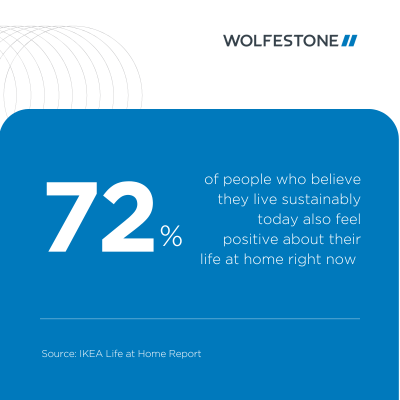
Lifebuoy: Help a Child Reach 5
Lifebuoy, a British soap, made use of international market research for the ‘Help a Child Reach 5' campaign. This involved desk research, a type of secondary research.
Lifebuoy wanted to teach handwashing habits to prevent deaths from illnesses such as diarrhoea and pneumonia and started in Thesgora, a village in India.
Desk research will have informed Lifebuoy of statistics like pneumonia and diarrhoea being responsible for killing 1.4 million children every year. In India, it was nearly 1,000 deaths daily.
Also, Thesgora was chosen as research outlined that the village has the highest incidence of child deaths in India due to diarrhoea.
This market research certainly paid dividends. The campaign enabled real change to occur in Thesgora and by choosing a village that was heavily affected, they could make a tangible impact for generations.
A press release from 2014 detailed the results of the campaign, including that diarrhoea instances dropped from 36% to 5%.
Thanks to the success, the handwashing programmes were being rolled out in 13 other countries and across India.
They too saw the benefits. There was also a decrease in diarrhoea instances by three times in children across six villages which tried the handwashing programmes.
Conclusion
We’ve explored some of the different ways that market research can prove fruitful. Whether it be through social listening or observational research, more traditional methods like surveys or desk research, these market research examples all elucidate how you can use research to gather helpful insights.
It helps you understand how your audience is thinking, what they may relate to, what they value and how to best target them.
Now, where would Wolfestone fit in?
From translation and linguistic validation to interpreting and transcription, we provide language support for global market research. Whether you need to translate surveys, validate consent forms, interpret focus groups or localise insights for specific markets, we’ve got you covered.
We’re your trusted translation company, wherever your research takes you.
If you want to find out more about how to make the most of market research solutions and enable your research to reach more people, contact us today.
𝘑𝘢𝘤𝘬 𝘸𝘳𝘪𝘵𝘦𝘴 𝘢𝘣𝘰𝘶𝘵 𝘵𝘳𝘢𝘯𝘴𝘭𝘢𝘵𝘪𝘰𝘯, 𝘭𝘰𝘤𝘢𝘭𝘪𝘴𝘢𝘵𝘪𝘰𝘯 𝘢𝘯𝘥 𝘮𝘰𝘳𝘦 𝘭𝘢𝘯𝘨𝘶𝘢𝘨𝘦 𝘴𝘰𝘭𝘶𝘵𝘪𝘰𝘯𝘴 𝘧𝘰𝘳 𝘞𝘰𝘭𝘧𝘦𝘴𝘵𝘰𝘯𝘦. 𝘏𝘦 𝘭𝘰𝘷𝘦𝘴 𝘵𝘰 𝘧𝘪𝘯𝘥 𝘳𝘦𝘢𝘭-𝘭𝘪𝘧𝘦 𝘦𝘹𝘢𝘮𝘱𝘭𝘦𝘴 𝘰𝘧 𝘸𝘩𝘦𝘯 𝘴𝘰𝘭𝘶𝘵𝘪𝘰𝘯𝘴 𝘩𝘢𝘷𝘦 𝘢𝘯𝘥 𝘩𝘢𝘷𝘦𝘯'𝘵 𝘸𝘰𝘳𝘬𝘦𝘥 𝘵𝘰 𝘱𝘳𝘰𝘷𝘪𝘥𝘦 𝘢𝘴 𝘮𝘶𝘤𝘩 𝘳𝘦𝘭𝘢𝘵𝘢𝘣𝘭𝘦, 𝘰𝘳𝘪𝘨𝘪𝘯𝘢𝘭 𝘤𝘰𝘯𝘵𝘦𝘯𝘵 𝘵𝘰 𝘵𝘩𝘦 𝘢𝘶𝘥𝘪𝘦𝘯𝘤𝘦 𝘢𝘴 𝘱𝘰𝘴𝘴𝘪𝘣𝘭𝘦.
